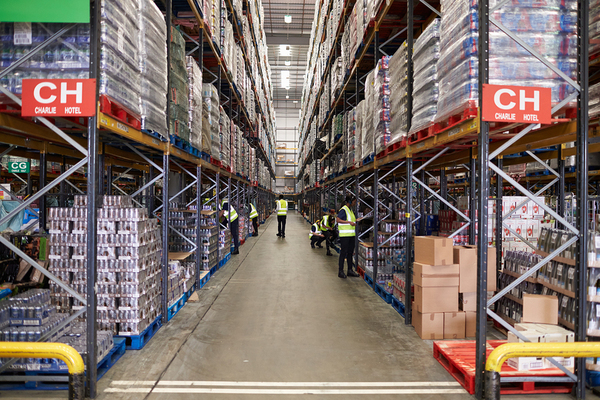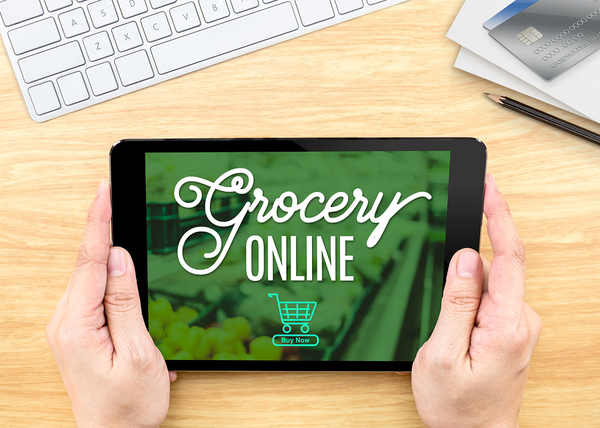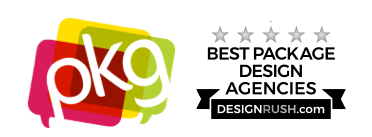Retail-ready packaging, or RRP, does not refer to the product packaging, but to the secondary packaging that retailers or online fulfillment warehouses use to display and/or stock products. The simpler RRP is, the better for all parties concerned. Yet RRP must be designed in the context of overall food packaging design to ensure continuity of message to the consumer.

Simplify the process of stocking products and you get your products in front of consumers more quickly.
There are several key components of RRP, including:
- Identification of products and brand information including size, count, and variety
- Easy tear-away openings that create a smooth edge and do not require extra cutting
- Elimination of the need to unpack individual items
- Ease of replenishment of product on shelves
- Design that aims for “one touch” movement to retailer shelves
- Ease of disassembly and disposal of RRP after use
The Importance of Simplifying Things for Retailers
Retail-ready packaging is made to meet both the needs of retailers (or order fulfillment operations) and consumers and brands that are able to do this skillfully benefit in many ways. Many chains are introducing smaller “neighborhood” stores that have fewer employees, for example, and RRP allows them to stock stores more easily without having to worry about individually displaying each product correctly. Brands that make the effort to create easy-to-stock RRP will be favored by retailers over brands whose products are more complicated to stock onto shelves.
Labeling and Food Packaging Design to Maximize Consumer Engagement
While making products simple for retailers to stock and display, it is important not to forget that it is ultimately the consumer who decides whether products leave the shelves or not. Not only should all packaging – RRP as well as primary product packaging – be easy for store personnel to unpack and stock on shelves, it should have excellent consumer appeal as well. Primary product packaging should be relevant to the product, and it should be sized appropriately, so products do not take up more space than is strictly necessary. For most brands, this requires strong partnerships with suppliers so that primary packaging and RRP meet the needs of those who matter, namely, the consumer and whoever gets the product into the consumer's hands.

Millennials are more likely to purchase groceries online, so the order fulfillment process should be a strong packaging consideration for brands.
Continuity Between Food Packaging Design and Marketing Efforts
Retail-ready packaging will endear you to retailers and order fulfillment facilities, but there are several important steps involved in primary food packaging design that brands cannot neglect. For example, the artwork on packaging design must be repeatable to build brand consistency, which is reassuring to consumers. Additionally, brands with multiple product package designs must ensure they work with packaging partners that can meet the needs of brand consistency within the context of multiple product/package designs.
Online Order Fulfillment Is Another Consideration
As the Millennial generation reaches its prime earning and spending years, online grocery shopping fulfillment is becoming more important. Brands that invest in RRP, in addition to making life easier for retailer stock personnel, make the job of the warehouse order fulfillment staff simpler. With RRP, warehouse staff can easily and quickly select the correct items and ready them for shipping. This increases the speed of the order fulfillment process, resulting in more satisfied customers, who are then likelier to order their grocery products online in the future. Fundamentally, RRP benefits brands as well as retailers and consumers.
Food packaging design takes place on multiple levels. While the primary packaging of individual products must fulfill the demands of containing a product conveniently and safely, while appealing to the consumer, the RRP that products arrive in at warehouses or retail facilities must fulfill the demands of a retail environment that is expected to do more with less, without compromising the customer experience.
PKG Brand Design is always on the forefront of new CPG branding and packaging initiatives - to read more, please subscribe to our blog to always be current on the latest package design industry news.
 |
 |





